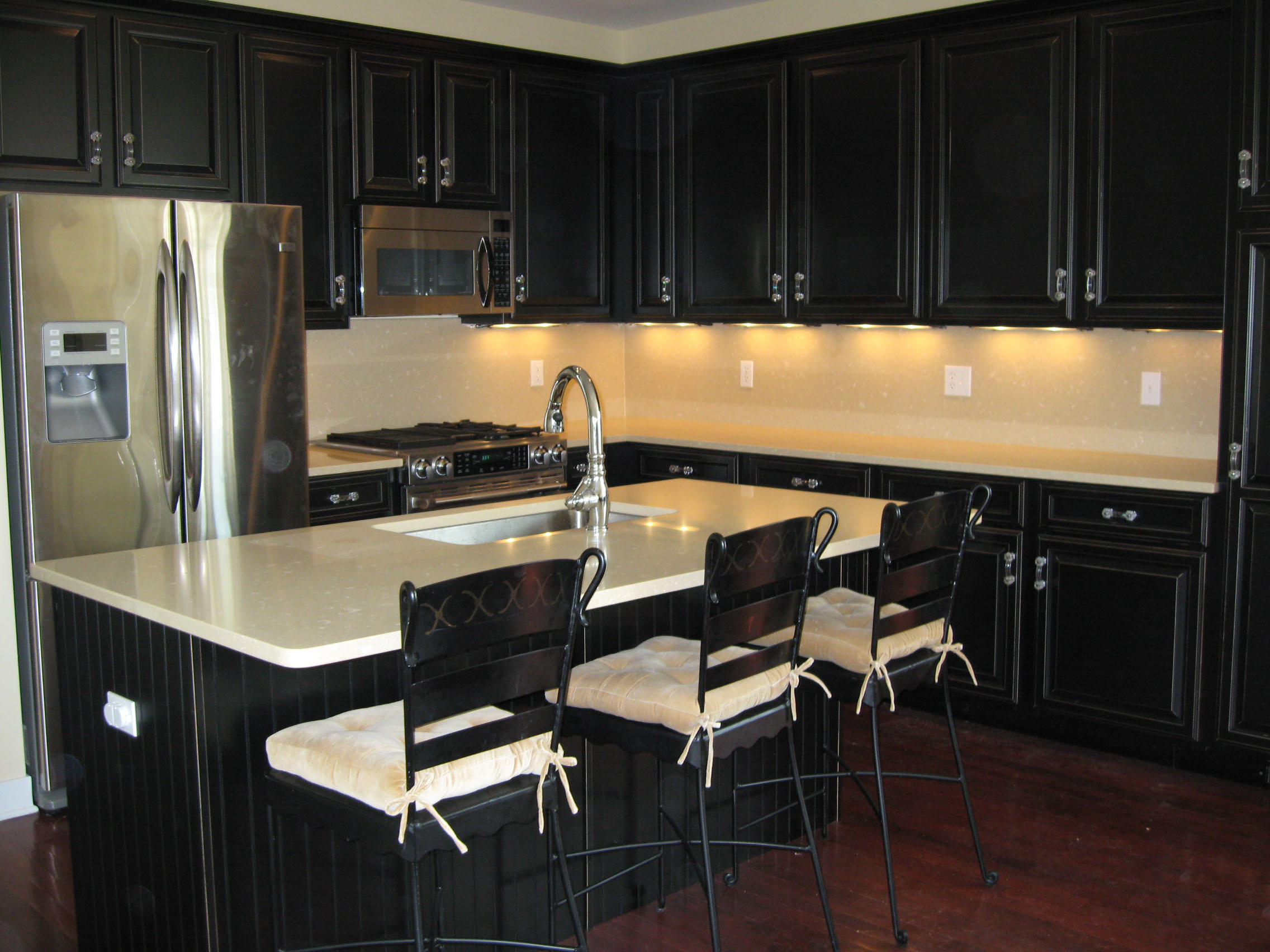Veneering a Cone
Ideas for building and applying veneer to a cone. March 13, 2009
Question
I have a customer who wants to have a cone made and veneered for a piece of furniture. The cone is 30" wide at the top and tapers to 4" at the bottom. It is 28 1/2" tall. Does anyone know of a supplier who can make the cone either from plywood or some other substrate and what would be the best way to veneer such an item? This is the first time I have been asked to do something like this.
Forum Responses
(Veneer Forum)
From contributor R:
You might try contacting Cubicon or Shapes Unlimited. Shapes Unlimited showed some veneered cones on their website, but not as tapered as yours would be.
From contributor J:
The cone sounds like the fun stuff I used to do in my former life as a pattern maker. I'd use MDF to make the substrate, building a hollow, faceted form that could be machined down. It would be nice if you had access to a large pattern lathe or, alternately, a large 5-axis CNC router, but you could also do it with a handheld router and an improvised jig.
Once the conical substrate was done you could wrap paper around it and make a template, and use the template as a guide for assembling the veneer from wedge-shaped pieces. Gluing on the veneer - I'd have to think about that, but it's doable. Like I said – fun, but not cheap though.
From contributor E:
For the veneering I see two choices. One is hot hide glue using traditional techniques with a veneer hammer and iron. For the other you need a vacuum bag and a form to support the cone on its side. Tape up and veneer approximately half at a time, using the support to hold the cone in place. The tricky part is the last section - it will have to fit exactly to have a seamless project.
From contributor E:
I would use some of the suggestions made here to do this; MDF for the form, and hot hide glue, hammer veneered to it. Hammer veneering allows you to overlap the veneer at the joints, and cut through both to make a perfect joint. The paper patterns laid out from the cone would get you close enough for final trimming- I thing the veneer could be applied in several pieces, or multiple triangles, depending on grain pattern and joint appearance. You could probably even rig up a router jig to shape the segmented cone on a turn-table. Sounds like a fun project; go for it.
From contributor T:
The "true" veneer guys are going to love this, but here's what I did. I made almost exactly what you are describing. First I made my cone with bending birch. Then to veneer, I took the circumference of the top and divided by the max width I wanted the veneer strips to be (example 48" circum. X 2" wide strips = 24 strips of veneer). Take the bottom circumference and divide by 24 (example 12" circum. divided by 24= .5). Now I know my veneer strips have to be a V shape 2" down to .5" X however long. Once I figured that out I made a template. Here's the bad part, I used self-stick veneer. I had to press and roll the heck out of it, but it worked and looks great.
From contributor J:
I have made several geometric shaped pieces with marquetry applied in my vacuum bag. The way I made the cone shape before veneering it is as follows. I stacked plywood rings that are cut on the bandsaw. After attaching them together use bondo to take care of voids and then you will have to spend a lot of time cleaning it up to make it smooth enough for the veneer. You will have to do a full scale layout to figure the size and angle of each ring.
If you are using a vacuum bag you will need to make the width of the rings at least 4" and seal up the bottom with a full ring. The advantage of using a vacuum bag is that you can apply your veneer in stages instead of trying to make one piece and getting the joint at the meeting point to come out tight. When I made my cone I put the cone in the bag without any support, gluing the veneer in stages. The area on the cone where you have glue without any veneer on it can be covered with wax paper or some mylar or similar material that will not stick to the glue. The last necessary info is to make sure you are charging the customer enough money because no matter what method you use it will take a lot of time.
